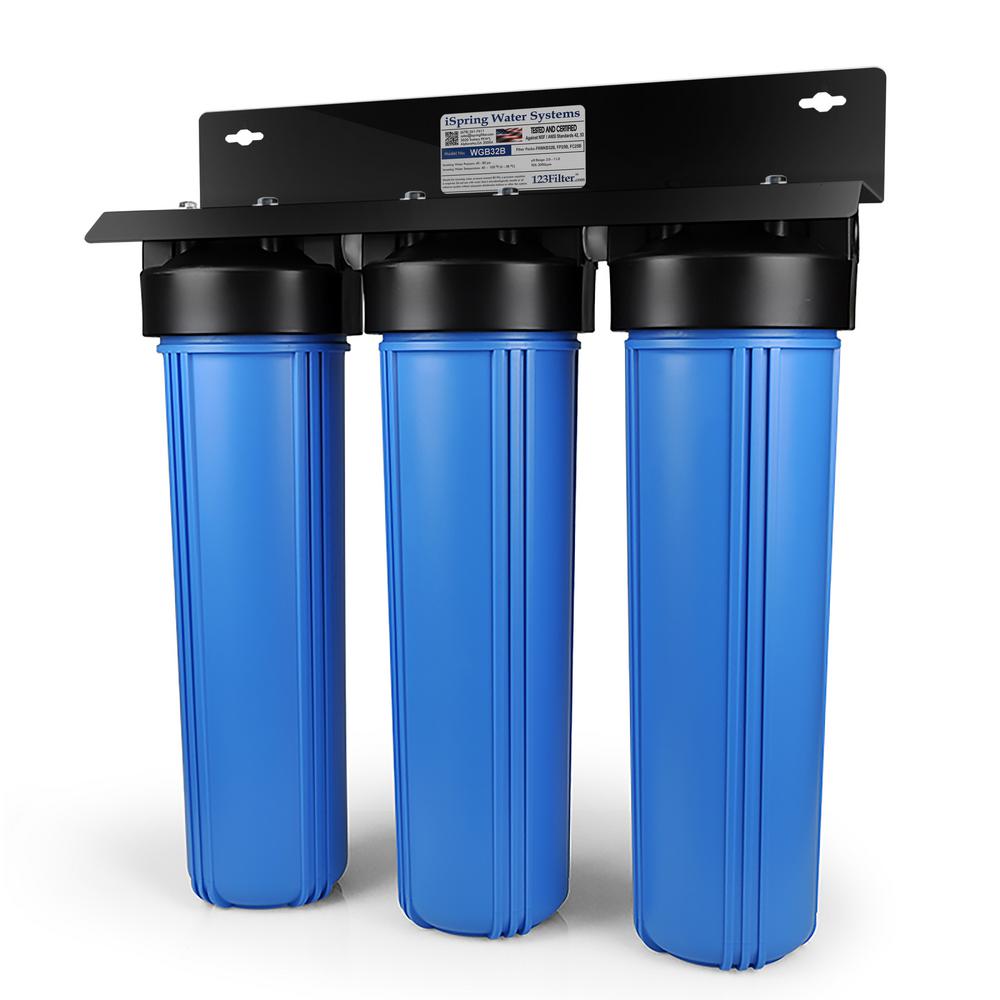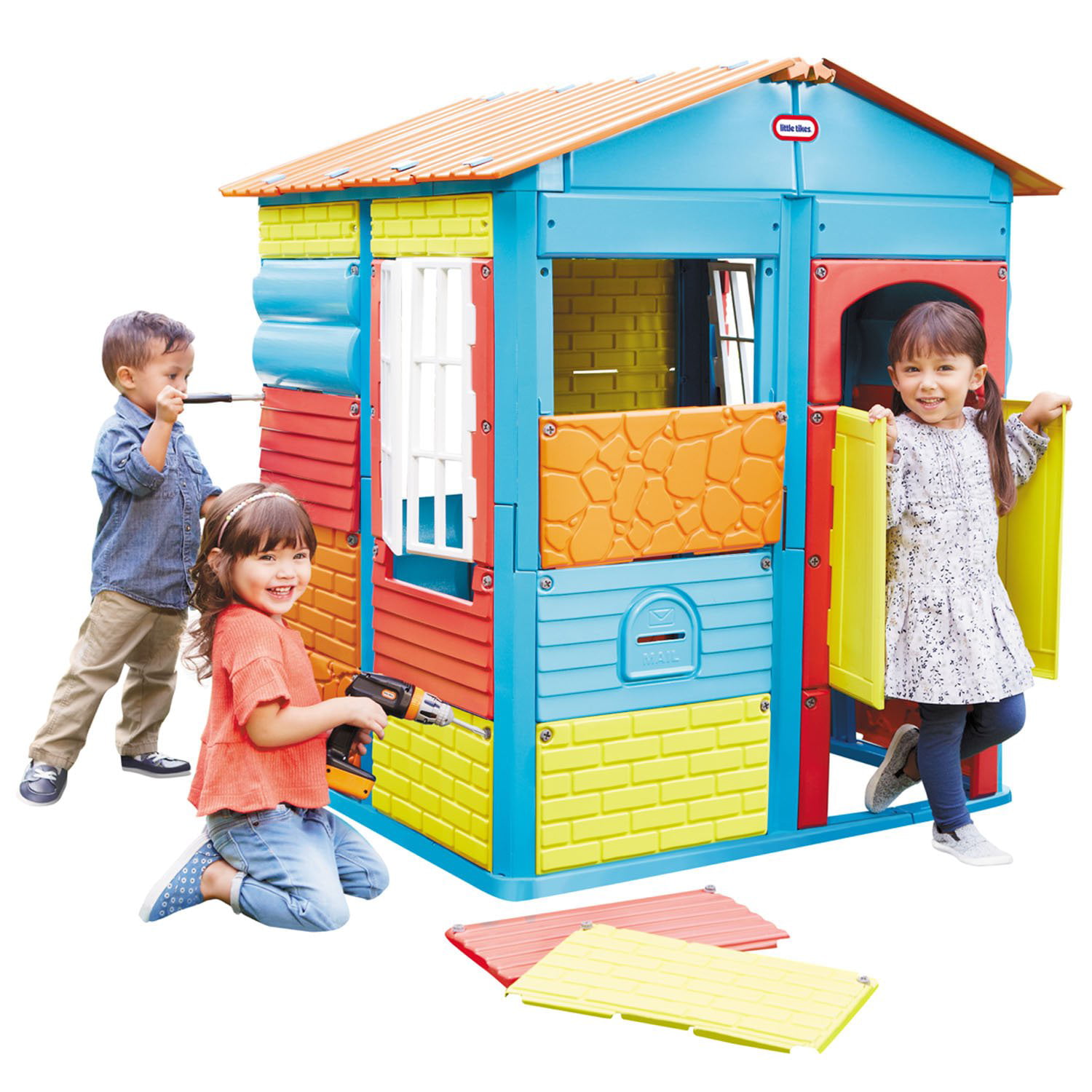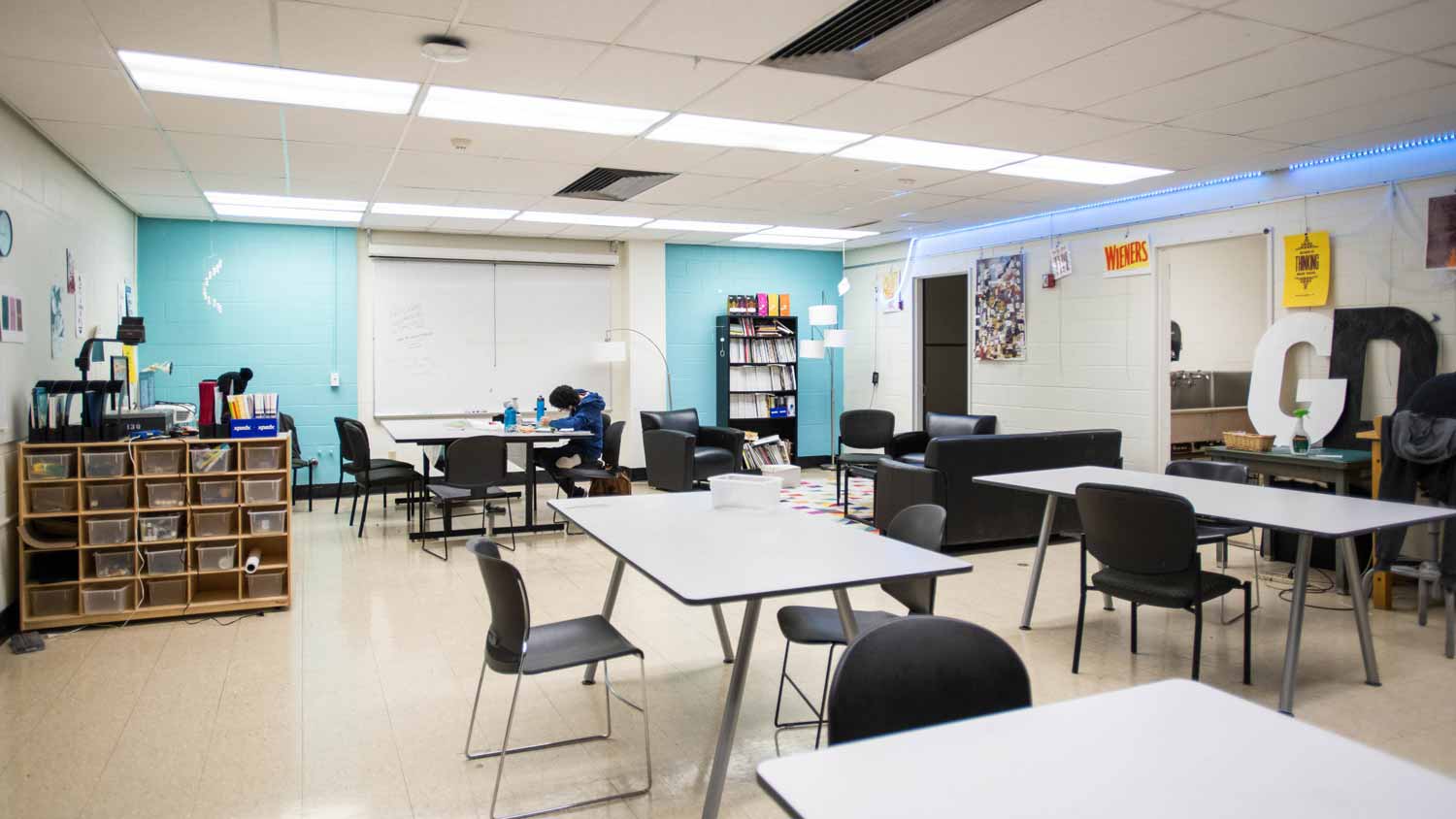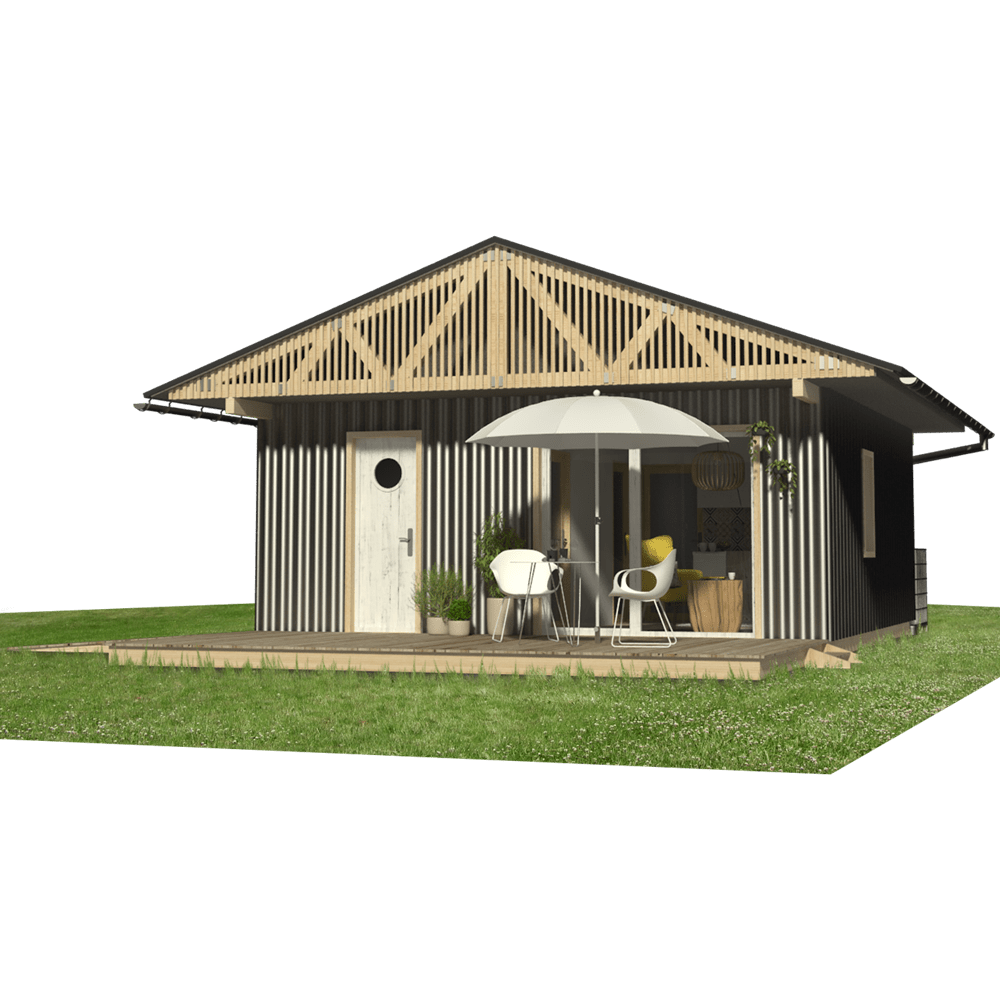Table Of Content

The best filtration system for city water is the one that removes what the city doesn’t address and the elements it uses to combat more damaging pollutants. Systems that include the ability to soften water were rated slightly higher than their competitors. Hard water is caused by the presence of minerals such as calcium and magnesium suspended in water. Many homeowners experience the effects of hard water, like mineral buildup on faucets and showerheads, in municipalities with water that contains these and other minerals. NSF certification ensures that your water filtration system meets rigorous safety and construction standards. An NSF-approved system has been tested to ensure that it removes the contaminants it claims to, and won’t allow specific pollutants to pass through.
Best Whole House Water Filter Reviews (Updated List)

For some, particularly those living in California, salt-based softeners are banned for environmental reasons. So even though they are more effective, products such as the SS1 are not an option. Well owners can get the WSSS1, which combines the WS1, the highest-rated well water filter on the market (reviewed below), and the SS1 into a single system, though this unit has two tanks. If you want additional information, read my full review of the SpringWell CF1. In this review, I go into more detail about the filter media, maintenance, controller head, backwashing, and more, giving you all the information you need to make this important decision. Remember I said whole-house filtration requires matching a filter with your water?
SoftPro Water Systems Whole House Upflow Catalytic Carbon Filter
One of the advantages of using this filter is the high-quality sediment filter. This filter is very efficient, and it will remove any particle larger than 1 micron from the water. The resulting water will be crisp and clean, and it will pass through an activated carbon filter before reaching your faucet. Yes, we think whole house filtration systems are worth it for anyone who has a large upfront budget and specifically wants to filter the water in their entire home, rather than just their kitchen tap water. A POE water filtration system isn't worth it for you if you can't afford the upfront cost or you only want to improve your drinking water quality. First, we took to Google and researched all the whole house water filtration systems we could find.
Our Top Picks for Best Whole House Water Filter Systems
I see from a recent report that the residual chlorine level is within EPA limits but is on the higher end. Phosphate is added to coat the pipes and inhibit corrosion and metals leaching, which is standard practice. The Alluvial wells will be highly susceptible to surface contaminants such as leaking underground storage tanks, contaminant spills, and excess fertilizer application.
iFilters Whole-House 2-Stage Sediment
There's new hope for eliminating PFAS from tap water: pitcher filters - Star Tribune
There's new hope for eliminating PFAS from tap water: pitcher filters.
Posted: Tue, 11 Jul 2023 07:00:00 GMT [source]
Because they treat your entire home’s water supply, whole home filters are more expensive than other filtration technologies. The average cost of a whole home filter is $1,300-$2,200, with an average annual maintenance spend of $60-$500, depending on the type of system you buy. Some systems focus on specific contaminant removal, while others are designed to remove as many impurities as possible. Some systems often combine multiple water treatment technologies to address various problems at different stages.
What are the advantages and disadvantages of whole house water filtration systems?
We’ve tested tens of well water treatment systems, and many of them use chemicals to remove the likes of iron and manganese. The SpringWell WS uses air injection, our preferred method of well water treatment because it’s low-maintenance and chemical-free. Even with our experience in using a variety of systems, we felt more reassured using a system that treated our water with a natural process, with no risk of accidental chemical overuse or leaks. Plus, we didn’t have to worry about additional filtration stages to remove chlorine or other taste-altering chemicals because the WS didn’t add anything to our water.
It also has an extensive warranty for all parts except for filtration media and accessories such as spacers and seals. Many filters remove chlorine from water, but what sets this model apart is that the central filter lasts for six years or up to 600,000 gallons of water. That means there’s no need to worry about changing the filter constantly in order to achieve drinkable or usable water.
iSpring WGB32B 3-Stage Whole House Water Filtration System
If there are concerns about the incoming water supply, it should be tested at a certified lab before drinking instead of taking chances with your health. A wide variety of contaminants can affect the incoming water supply, both from city water and well water. Common contaminants include disinfectants, sediment, microorganisms, heavy metals, and organic chemicals. Whole-house water filter systems come in 1-stage, 2-stage, or 3-stage options. Those with private well water systems can experience significant contamination in the water supply, so it’s advised to invest in a whole-house water filtration system. Whole house water filters are a great choice for those who want to be sure that their water supply remains free of bacteria, sediment, viruses, heavy metals, or even chemicals.
Whole house systems improve the taste and quality of your tap water, so you’ll be happy to drink your home’s water supply instead of buying single-use plastic bottles. Plus, a whole house water filtration system improves the efficiency of your appliances and helps them to last longer, so you’ll use less energy and reduce your waste. Calcite filters typically come in cartridge form, and are either standalone filters or filter stages added on to whole house water filter systems. Again, ultrafiltration is most commonly used as an under-sink tap water filter solution, but whole house water filter systems using UF technology are available. UV filtration systems are typically installed as a final stage after a whole house water filter system.
If it’s just sand and sediment or chlorine and fluoride, then a carbon filter could do the trick. If it’s bacteria, viruses, or heavy metals you’re worried about, then the more filtration steps the better. The Aquasure Whole House Filtration System has multiple steps, including a final, under the sink reverse osmosis filter, which work together to remove Chlorine, bacteria, and sediment. Due to the high up-front cost of whole-house water filters, product warranties are critical.
As you might expect, a whole house water filter is a filtration system capable of filtering all the water that enters your house. These systems are also called Point Of Entry (POE) systems because they are usually installed before the water reaches your heater, thus filtering both the cold and the warm water. This means that every time you open a faucet, filtered water will come out of it. Actually, filtered water will be delivered to your shower, washing machine, and even your toilet. Even though all models work in the same way, the presence or absence of additional filters will influence the types of contaminants a certain filter will remove from the water. However, there are some things you should take into consideration, no matter how many filters the system uses.
If you’re on the hunt for a high-end, premium whole house water filter with all the latest tech features, you can’t go wrong with the DROP Backwashing Filter. Generally speaking, all of the filter systems on this list are easy to install, especially for experienced DIYers. All of the systems on this list come with detailed installation instructions.
Each whole-house filter cartridge lasts for up to 3 months, improving the quality, odor, and taste of the home’s drinking water. The second stage of this house water filtration system captures iron, lead, chloramine, algae, viruses, chlorine, and other heavy metals and microorganisms. The final stage captures filtration media like chlorine, pesticides, pharmaceutical runoff, and other chemicals, improving the taste of the drinking water. As the type of water filter greatly influences the level of filtration included, the above list has prioritized 1-stage, 2-stage, and 3-stage options for different levels of filtration and personal preference.










